Consultation and Advisory Services
Site visits
Our Local Places for Nature Officers are able to meet with you on site and visit all your green spaces. Whilst on site, they can look at the existing ecology and consider how you could enhance crate and restore biodiversity by making small changes or embarking on a larger project. Following a site visit, you will receive a comprehensive report with practical ideas and advice for how you can take your Biodiversity plans forward. In some instances, only small changes are needed to make a big impact. They work alongside the Local Nature Partnerships in each area as well as the County ecology teams to consider all options available to you.
An example of a Site Visit Report
Advice and support
The Biodiversity team at One Voice Wales can offer your Council specialist advice on biodiversity and ecology. They act as advocates for the sector in a range of different forums, and are there to help you achieve your biodiversity plans.
Biodiversity Resources
The team can offer specialist advice on planting plans, choosing the right plants and trees, creating habitats and land management.
Planting advice
(pdfs)
Habitat creation
(pdfs)
Changes to mowing practices
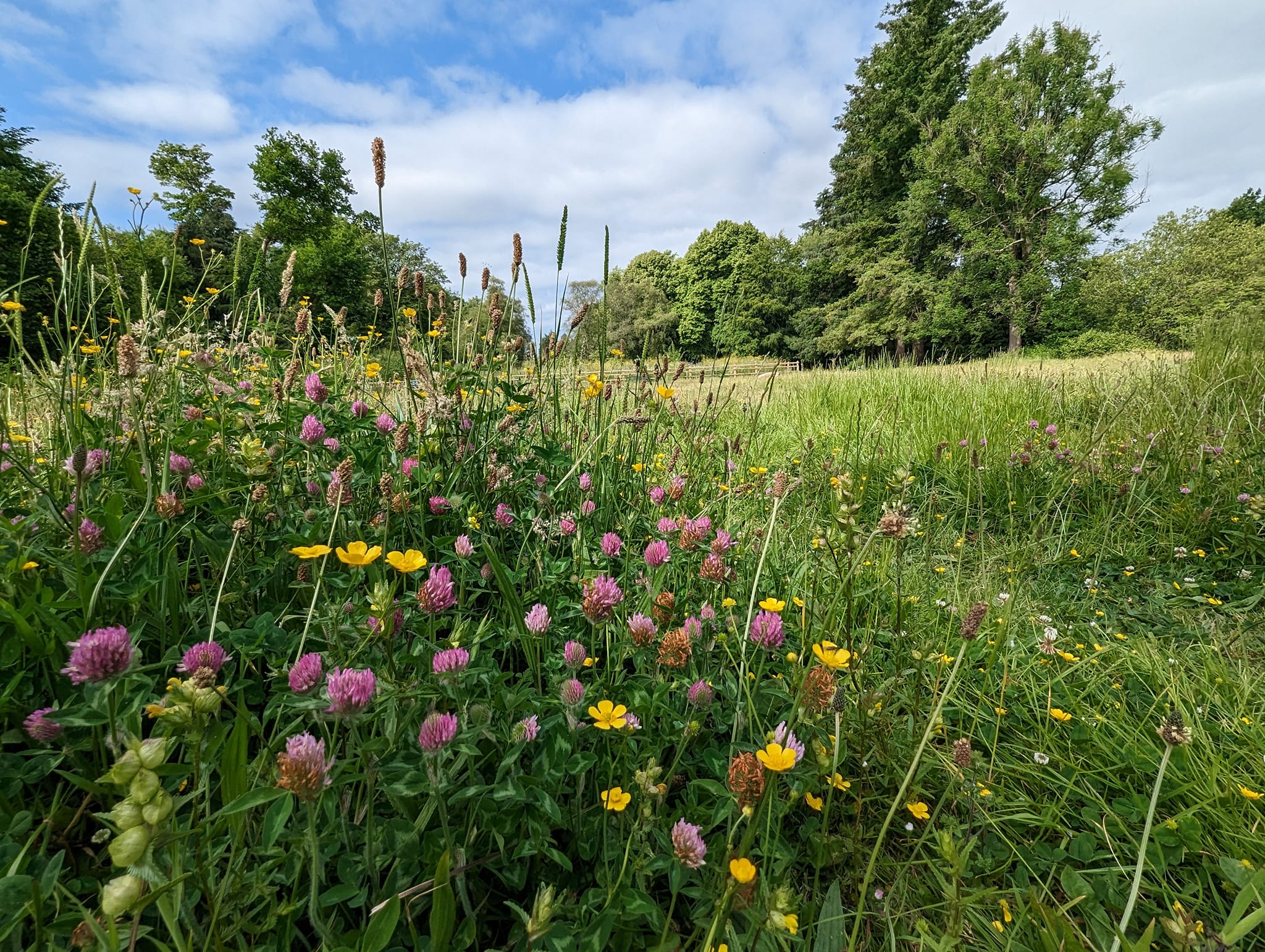
The Welsh Government and the United Nations have declared a Nature Emergency!
A staggering 97% of Wales’ wildflower meadows have been lost in the last 80 years; mainly due to changes in land use and house building. Our vital pollinator species like Butterflies, Moths, Bees and Hoverflies continue to decline every year with many species becoming extinct or so rare they are on the verge of extinction. We all need to act now to create, enhance, and restore habitats and provide forage for these vital pollinators, invertebrates and the wildlife that depend on them (State of Nature Wales Report 2023)
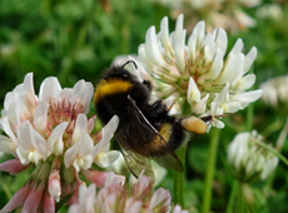
The good news is that as a local council one of the simplest and most effective ways to increase biodiversity and support ecosystem resilience is to reduce mowing schedules on the land you manage. If you are landowner/manager of green sites, please consider discussing changes with your existing contractors or Grounds maintenance teams. You can also request a change in mowing for any Local Authority managed land in your area.
Areas could include:
- Recreational fields and parks
- Burial grounds and churchyards
- Road verges
- Play parks
- Any amenity space
There are a variety of changes that can be made, some may require different machinery, but some can be very simple. It was recommended that whatever changes are planned that there is clear communication between stakeholders. Use of signage is strongly advised to ensure this. Free resources are available from the Welsh Government ‘It’s For Them’ campaign.
For land your Council manages:
Suggested changes could include:-
- Using Cut & Collect machinery instead of Cut & Fly or Cut & Drop but not changing schedules – this removes all cuttings (arisings); lowering soil nutrients which is essential for reducing growth of course grasses and increasing growth of vital wildflowers in between mows.
- Increasing the mowing height / Reducing the frequency of mowing – this allows more low-growing species such as Selfheal, Mouse ear, Speedwells and Eyebrights to bloom; providing vital nectar and pollen.
- Actively managing a site or parts of a site for biodiversity by reducing mowing to once, twice or 3 times per year – this allows natural recovery of the grassland areas and increase species diversity, maximising the impact on biodiversity and ecosystem resilience:
- Mow at a low height once per year in March
- Mow at a low height twice per year in March and in August/September
- Mow at a low height twice per year in March and in August/September plus an additional cut in Mid-July
- Variety is key to maximise any impact on biodiversity so mowing paths through sites and mowing the edges of footpaths, pavements, signs and around benches etc is beneficial to both wildlife and people.
- The addition of signage to your sites and spreading awareness can help to demonstrate the aims of the mowing changes and show the potential impact on biodiversity.
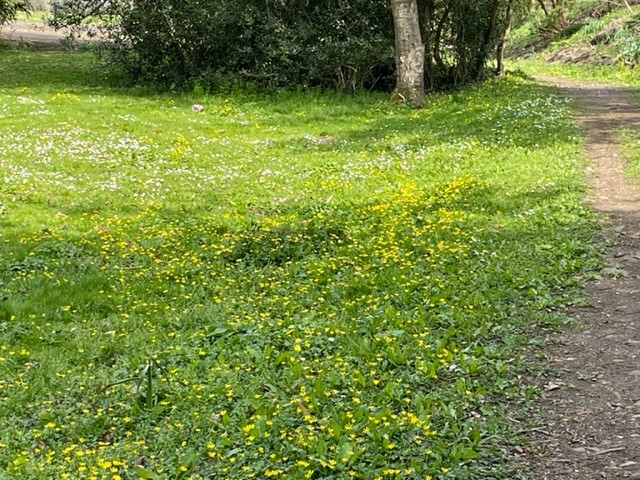
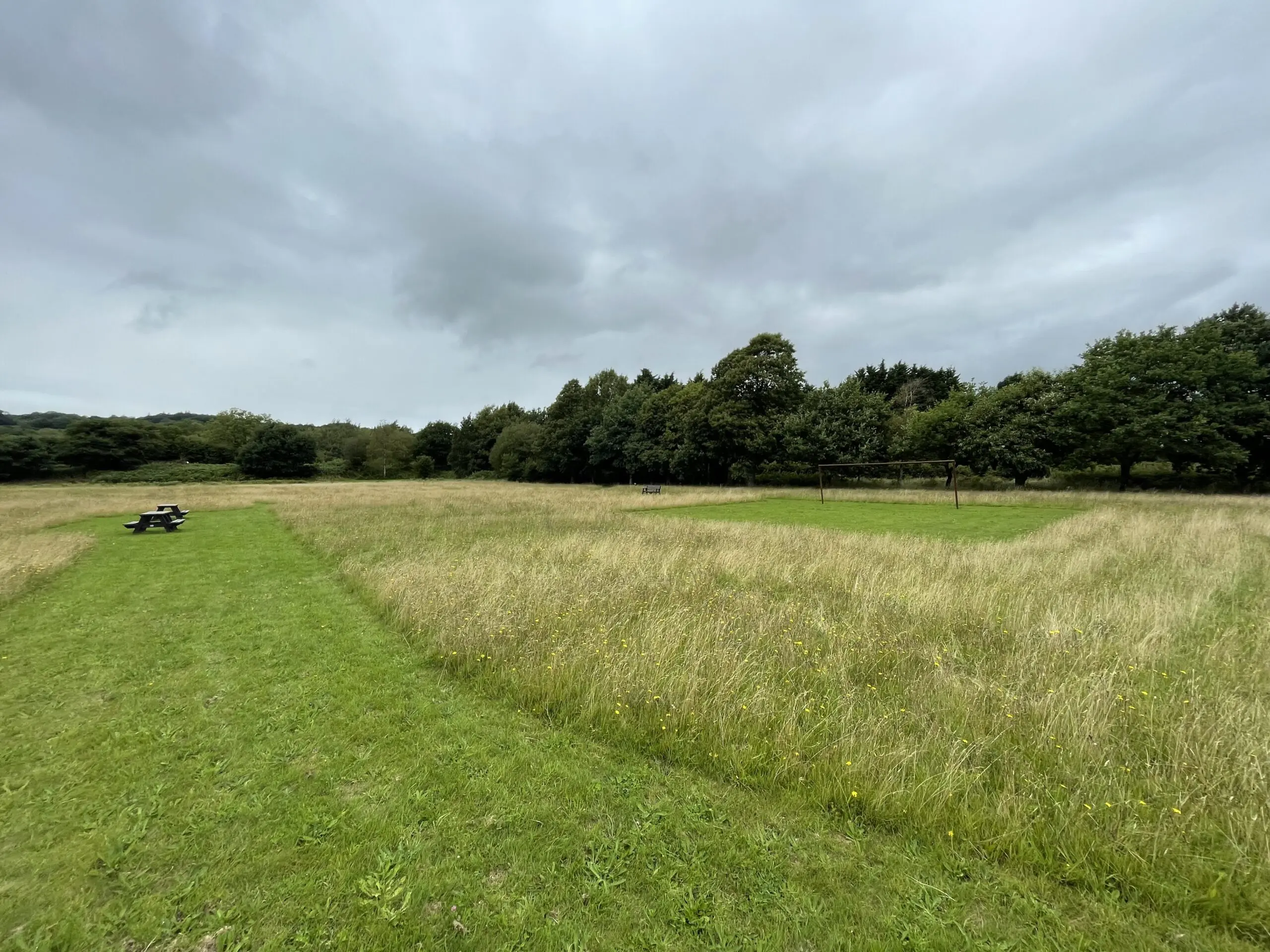
For land the Local Authority manages:
- You can contact your Local Nature Partnership and/or relevant street scene department to request a change of mowing in your ward/area
- Ask your County Cllr/s to support any request for mowing changes.
- Ask your residents to support any request for mowing changes.
For Everyone:
Take part in ‘No Mow May’ but extend this into ‘Let It Bloom June’ – May and June are vital months for floral diversity and leaving the wildflowers bloom and grow can support pollinators and other wildlife such as reptiles, amphibians birds and small mammals.
Encourage your local community to get involved in their own gardens and lands.
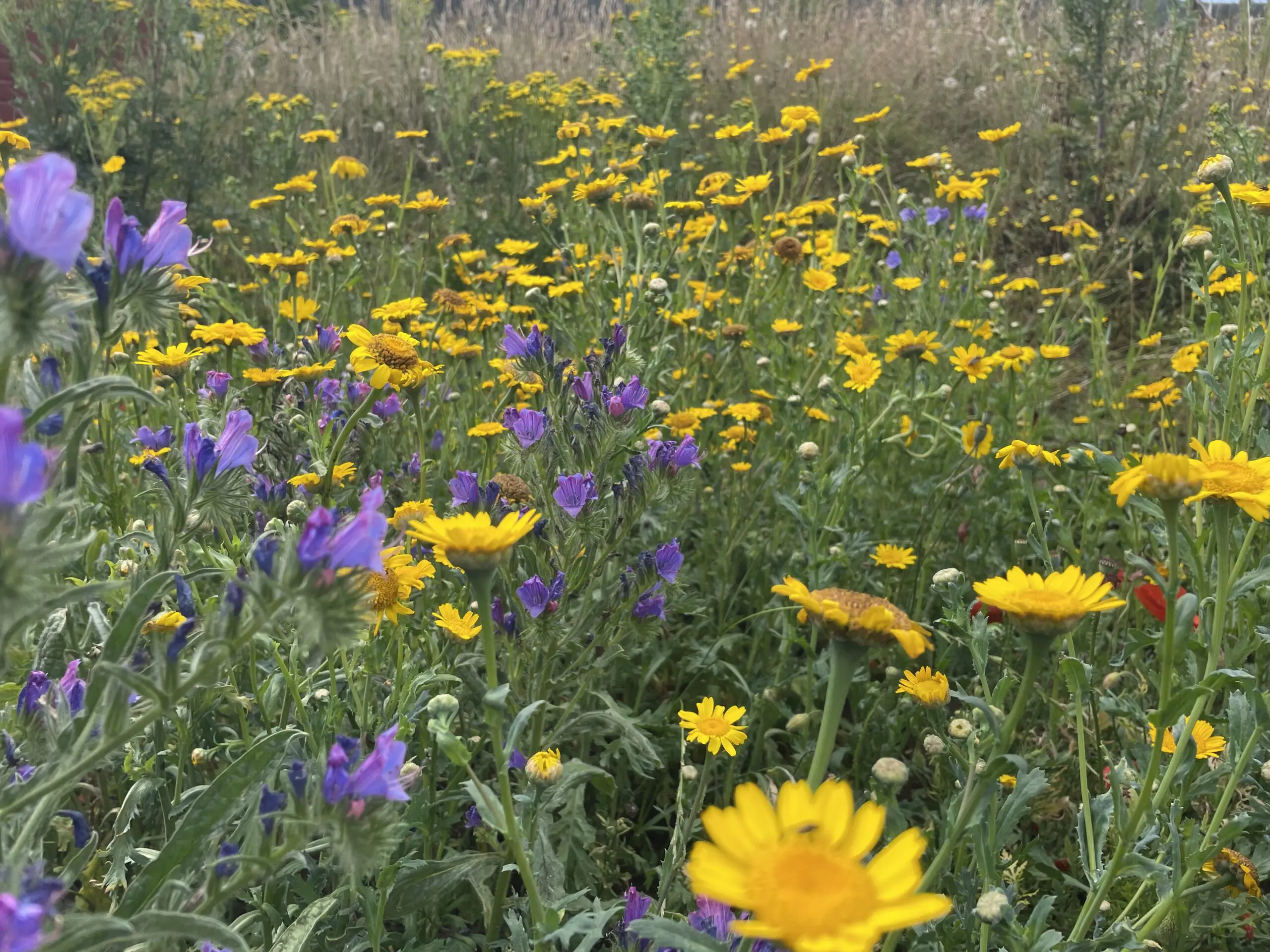
If you would like to find out more about changing mowing schedules to benefit biodiversity as part of your Biodiversity Action Plan, please get in touch with Rachel Carter to arrange a consultation.
The ‘It’s For Them’ Toolkit
If your Council is managing sites for biodiversity you can download free resources from the Welsh Government’s ‘It’s For Them’ Toolkit
This includes a variety of signage, posters, leaflets, and information board materials that can be customised with your Councils own messages, logos and contact information. You can also download the ’Education resource pack’ for use with local schools or volunteers.
If you need any help or assistance with using these resources, please contact the biodiversity team at One Voice Wales.
There may be funding available for smaller councils to cover the cost of producing ‘It’s For Them’ signage, please contact us for more information.
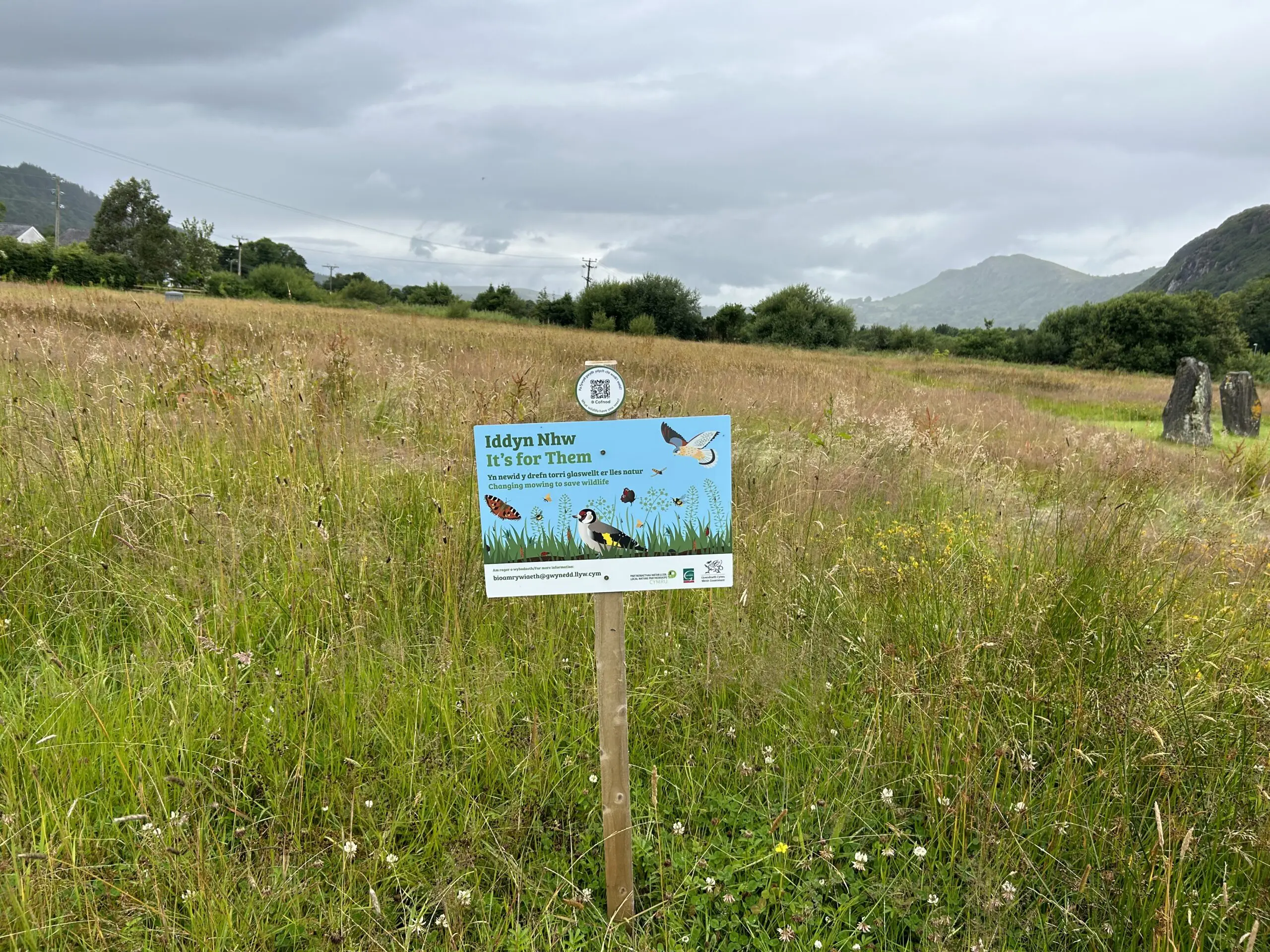
Wales Nature Week
One Voice Wales held events to celebrate Wales Nature Week 2025. Click on each event below for more information:
A Visit to Meadow Street Community – Pontypridd
Celtic Wildflowers Specialist Wildflower Nursery Tour – Swansea
Denbighshire Tree and Wildflower Nursery Tour – St Asaph
Guidance Documents
Nature Recovery Action Guide
A document to help councils understand the basic principles of biodiversity with a simple structure based on 5 Pillars of Nature Action, which can be applied in different settings to restore, create, and enhance biodiversity and meet their Section 6 duty. This document compliments the new training module. Produced in partnership with Cynnal Cymru.
Community Growing
A Bright and colourful guidance with lots of useful tips on setting up all sizes of community gardens initiative. The front page is a representation of all the elements that could be included to join up food growing and biodiversity together.
Produced in partnership with Social Farms & Gardens
Biodiversity and planning
An engaging and practical guidance document to help Councils/Planning committees look at planning applications with biodiversity in mind. This will help councils understand the legislation in place and how C&TCs fit into the process.
Produced in partnership with In Our Nature (CIC)
